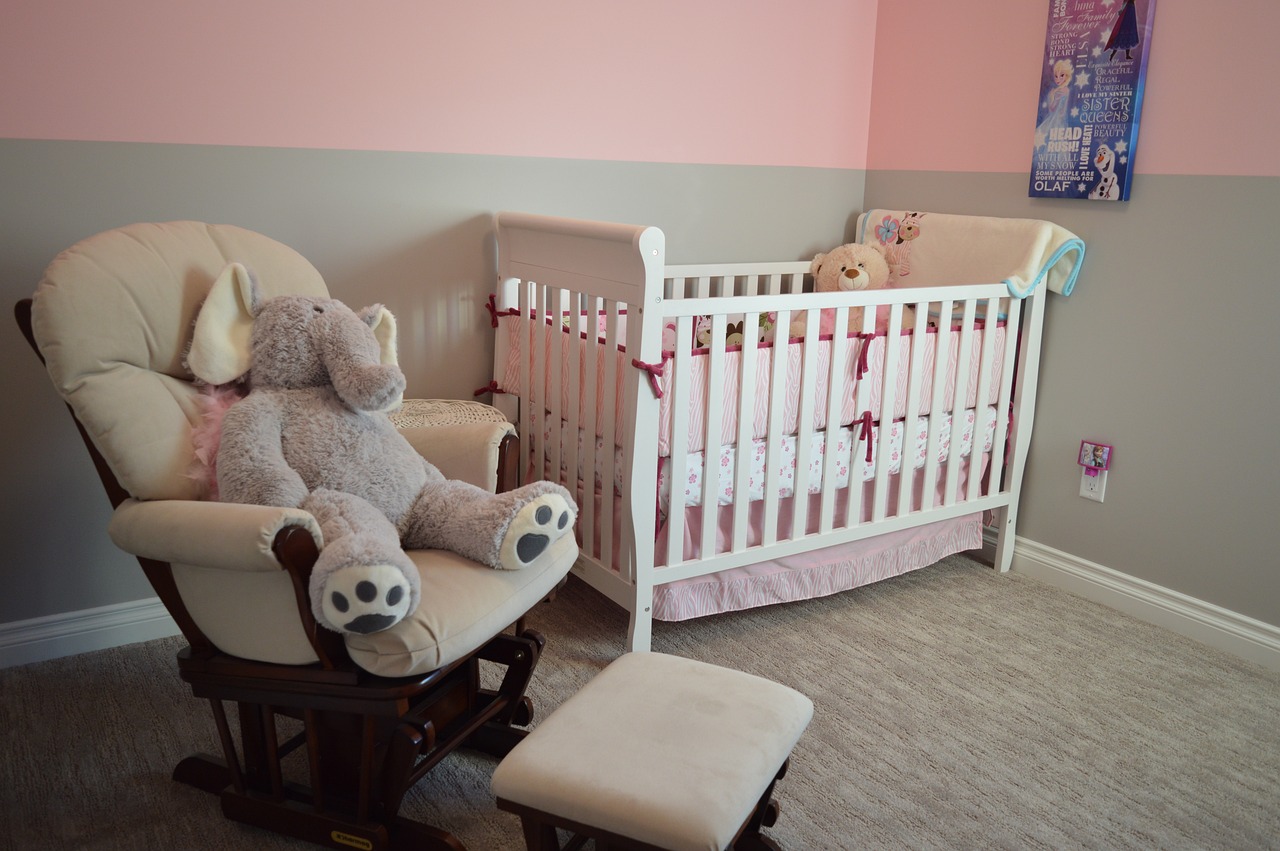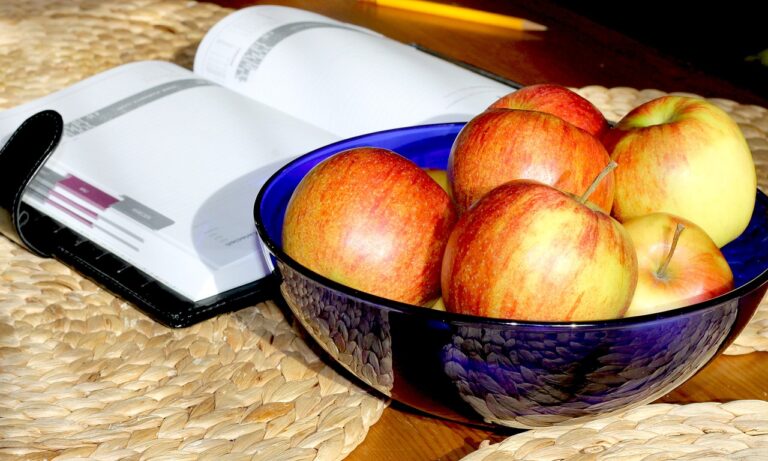Designing Accessible Raised Garden Beds: Making Gardening Easier for Everyone
Raised garden beds are an excellent option for enhancing accessibility in gardening. By elevating the planting area, these beds reduce the need to bend or kneel, making it easier for individuals with mobility issues or physical limitations to engage in gardening activities. The raised height of the beds can also minimize strain on the back and knees, providing a more comfortable gardening experience for people of varying abilities.
Additionally, raised garden beds offer improved control over soil quality and drainage, which can be especially beneficial for gardeners with physical disabilities. The raised design allows for better customization of soil composition, ensuring optimal growing conditions for plants. This feature not only promotes successful gardening outcomes but also enhances the overall accessibility and ease of maintenance for individuals with limited mobility or strength.
Choosing the Right Height and Width for Raised Garden Beds
When considering the height of raised garden beds, it is important to think about the needs of the gardener. Most raised garden beds range from 6 inches to 3 feet in height. For individuals with physical limitations, a lower height of around 12-18 inches may be more accessible for planting, weeding, and harvesting without straining the body.
In terms of width, a key factor to consider is the accessibility for reaching the center of the bed comfortably. A common width for raised garden beds is 3-4 feet, allowing for easy access from all sides. However, if the bed is going to be accessed from only one side, a width of 2 feet may be sufficient while still providing ample space for planting a variety of crops.
Materials to Consider for Building Accessible Raised Garden Beds
When building accessible raised garden beds, selecting the appropriate materials is crucial for both durability and functionality. One popular choice is cedar wood, known for its natural resistance to rotting and pests, making it an ideal option for long-lasting raised beds. Other commonly used materials include composite lumber, which is low-maintenance and offers a sleek aesthetic appeal, perfect for creating modern and accessible garden spaces.
Additionally, galvanized steel is a durable and sturdy material that provides excellent support for raised beds, ensuring stability and strength, particularly for taller structures. Another material to consider is recycled plastic lumber, as it is eco-friendly, long-lasting, and resistant to decay, making it a sustainable option for constructing accessible raised garden beds. By carefully selecting the right materials, you can create raised beds that not only enhance accessibility but also add beauty and functionality to your gardening experience.
Cedar wood: natural resistance to rotting and pests
Composite lumber: low-maintenance, sleek aesthetic appeal
Galvanized steel: durable, sturdy, excellent support for raised beds
Recycled plastic lumber: eco-friendly, long-lasting, resistant to decay
Why are raised garden beds beneficial for accessibility?
Raised garden beds are beneficial for accessibility because they can be built at a height that is comfortable for individuals with mobility issues or those who use wheelchairs. This allows everyone to easily reach and tend to their plants without having to bend over or kneel on the ground.
How do I choose the right height and width for raised garden beds?
The ideal height for raised garden beds is typically between 24-36 inches to allow for easy access. The width of the beds should be wide enough for wheelchair access, typically around 3-4 feet. It’s important to consider the reach of the gardener when determining the height and width of the beds.
What materials should I consider for building accessible raised garden beds?
Some materials to consider for building accessible raised garden beds include untreated cedar or redwood, which are naturally resistant to rot and decay. Composite materials like recycled plastic are also a good option as they are durable and long-lasting. Additionally, metal raised garden beds can be a sturdy choice for accessibility.







